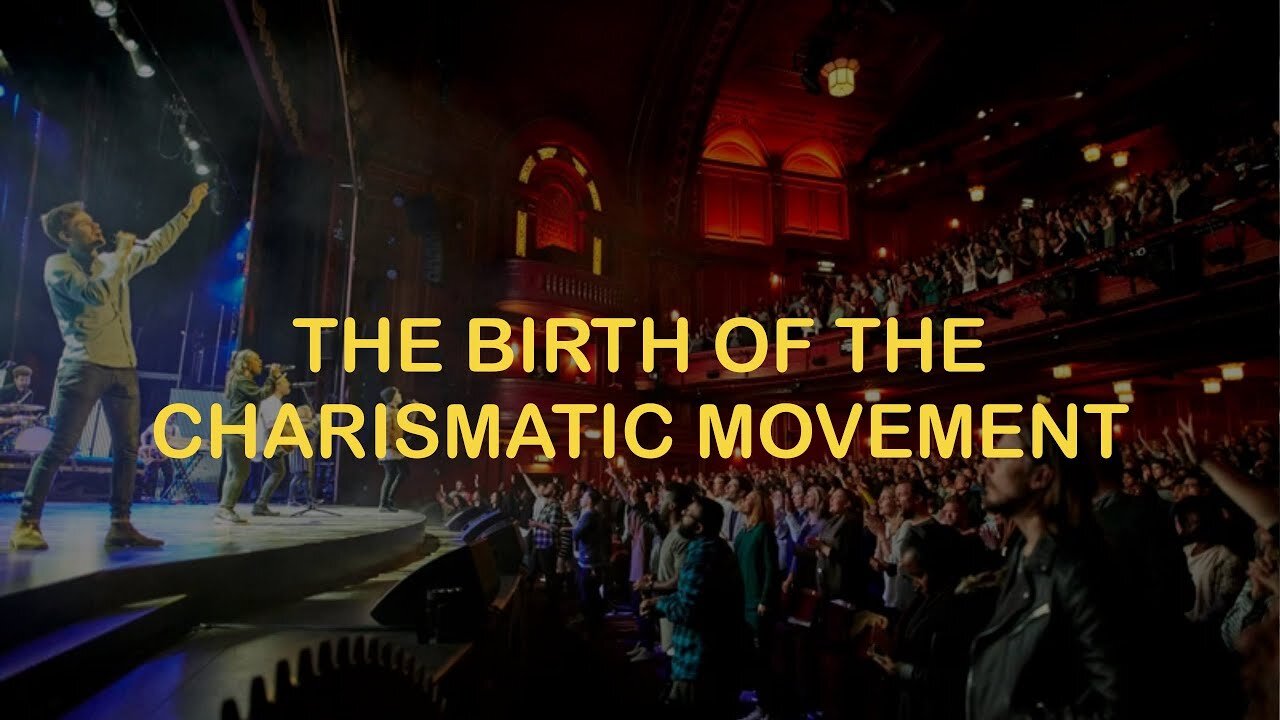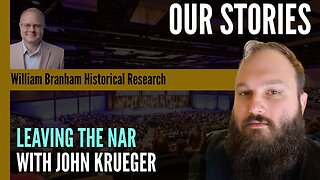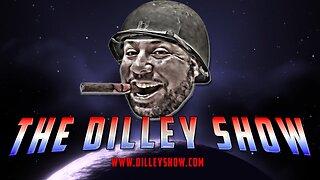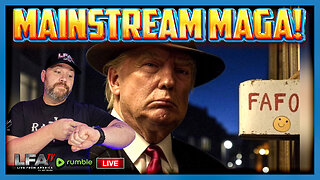Premium Only Content

The Birth of the Charismatic Movement
The Latter Rain movement of the late 1940s and 1950s significantly impacted Pentecostalism in the United States and around the world. In the height of its popularity, it also impacted mainstream Christianity before church leaders realized the doctrinal and financial threat that it posed to churches. As more and more people began attending the revivals, passing large sums of money to the famed evangelists, pastors of local churches began to struggle. Their humble ministries did not have the emotion and stage presence of the big revivals.
The Assemblies of God was one of the first organizations to recognize the threat. To protect their churches, leaders in the assemblies began to censure certain stage acts and would ultimately issue sanctions to protect local assemblies. This proved to be successful. In 1953, Gordon Lindsay began working to reconcile differences between the warring factions, leading to an ultimatum being issued to William Branham. As a result, Branham joined the other ministers who attempted to thrill audiences with bigger “miracles”, more “supernatural”, and theatrical presentations of fictional details.
In the end, Gordon Lindsay and many denominations of faith would abandon some of these these stage acts and become more closely aligned with the requirements of mainstream Christianity to avoid a complete loss of financial support. Lindsay’s transition created a separating line between the more radical evangelists and mainstream, causing many of the radicals to become more desperate in their attempts to salvage failing ministries. This marked the end for the Healing Revivals, but also marked the beginning of the Charismatic Movement.
You can learn this and more on william-branham.org
-
 59:56
59:56
William Branham Historical Research
7 days agoOur Stories: Escaping the NAR - With John Krueger - Episode 264 William Branham Research Podcast
151 -
 LIVE
LIVE
Dr Disrespect
5 hours ago🔴LIVE - DR DISRESPECT - WARZONE - 10 WINS IN A ROW CHALLENGE
3,989 watching -
 21:47
21:47
Film Threat
2 hours agoLIVE FROM MEGACON IN ORLANDO, FLORIDA! | Film Threat Live
2.57K -
 4:20:46
4:20:46
Right Side Broadcasting Network
8 hours agoLIVE: President Trump Meets With Japanese Prime Minister Ishiba - 2/7/25
172K32 -
 2:01:23
2:01:23
The Dilley Show
5 hours ago $13.79 earnedVought Confirmed, Elon Loves Trump and Q&A Friday! w/Author Brenden Dilley 02/07/2025
61.2K8 -
 1:57:39
1:57:39
The Charlie Kirk Show
4 hours agoThe Greatest Deportation Wave in History + AMA | Homan | 2.7.2025
126K71 -
 2:02:15
2:02:15
LFA TV
20 hours agoMAINSTREAM MAGA! | LIVE FROM AMERICA 2.7.25 11am
108K65 -
 1:17:37
1:17:37
Game On!
5 hours ago $2.53 earned5 SHOCKING Super Bowl Stats and Trends!
60.8K2 -
![[Ep 601] USAID / CIA | Panama | Guest Sam Anthony of [your]NEWS](https://1a-1791.com/video/fwe2/b0/s8/1/E/U/D/u/EUDux.0kob-small-Ep-601-USAID-CIA-Panama-Gue.jpg) 2:01:29
2:01:29
The Nunn Report - w/ Dan Nunn
3 days ago[Ep 601] USAID / CIA | Panama | Guest Sam Anthony of [your]NEWS
43.1K11 -
 58:57
58:57
The Dan Bongino Show
7 hours agoDOGE Uncovers More Corruption Than We Ever Thought Possible (Ep. 2418) - 02/07/2025
921K2.01K